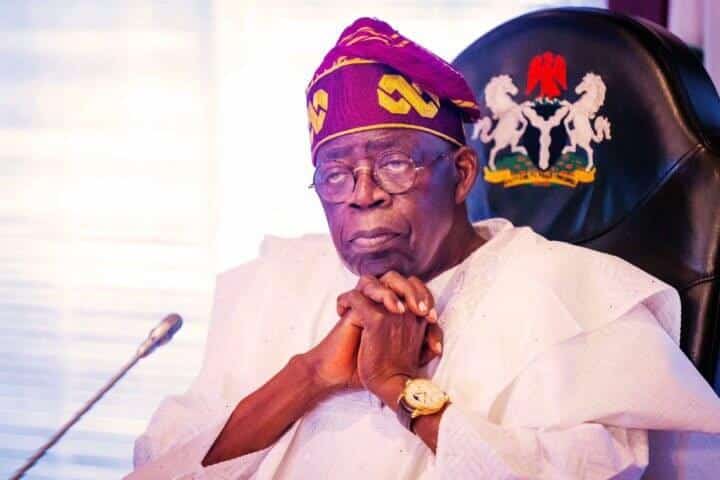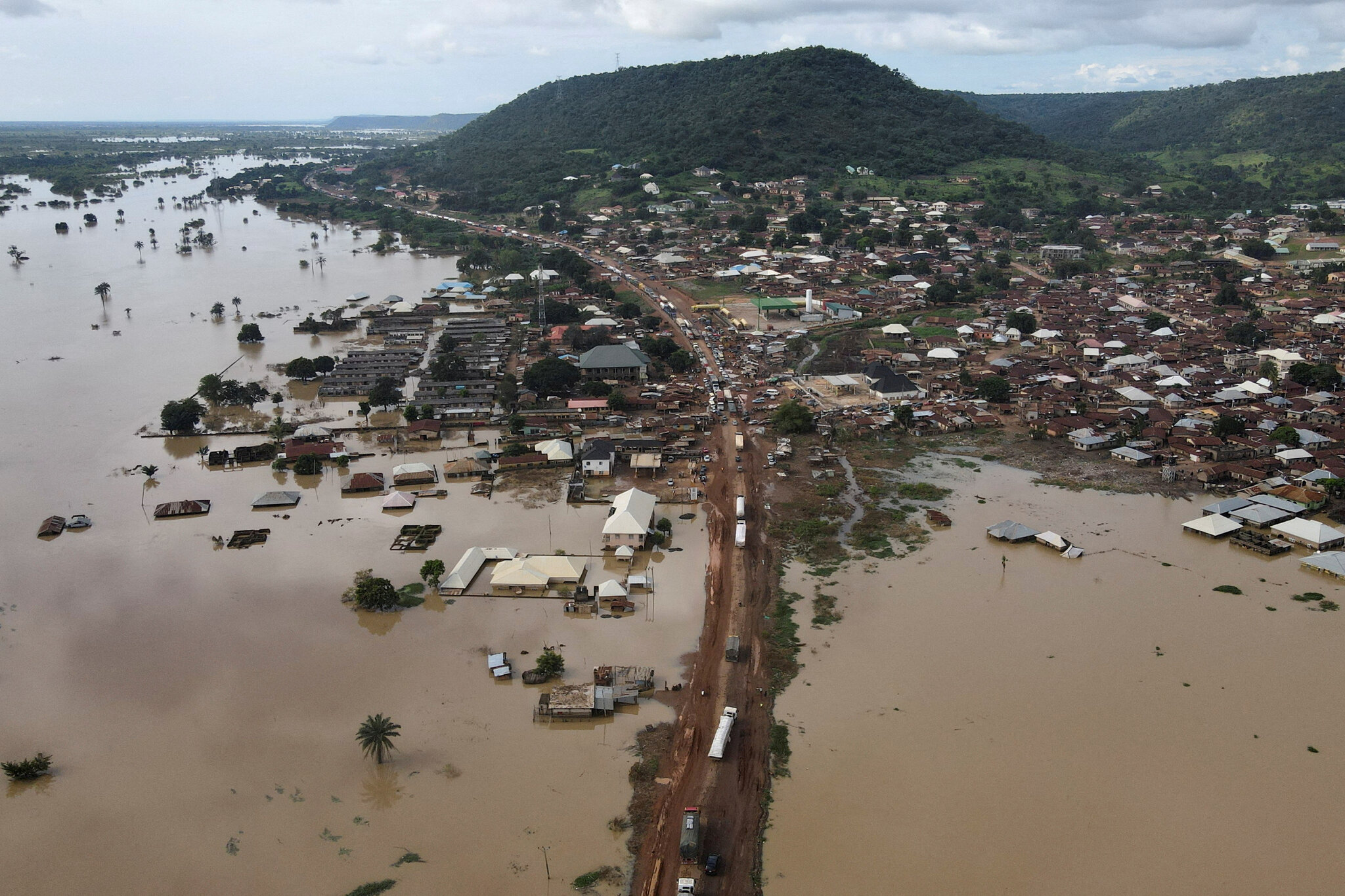Rivers, Borno, Ekiti, Others – History Of State Of Emergency In Nigeria; Crisis And Controversy

President Bola Ahmed Tinubu on Tuesday night officially declared a state of emergency in Rivers State.
This is in reaction to the political crisis that have engulfed Rivers State.
Naija News reports that the President made the declaration in a nationwide broadcast.
He suspended Governor Siminalayi Fubara and Deputy Governor Ngozi Odu for an initial six months.
Read also:What Is George Wallace Net Worth 2024 How He Built His Wealth
Tinubu also suspended the Martins Amaewhule led Rivers State House of Assembly.
He, however, stated that the State of Emergency does not affect the judiciary.
A retired military chief, Ekwe Ibas, has been selected to oversee the state’s affairs as the Administrator
Nigeria has witnessed a number of state-of-emergency declarations since the return of democracy in 1999.
These proclamations, often made in the wake of severe political instability, ethnic violence, and insurgent activities, have been met with both support and criticism.
Here’s a look back at some of the key moments where Nigeria’s leadership resorted to declaring a state of emergency.
Read also:What Is Jack Whitehall Net Worth 2024 Income Wealth Career Insights
1. Plateau State: Ethnic and Religious Violence Leads to Military Intervention (2004)
In 2004, the Plateau State capital, Jos, was gripped by ethnic and religious violence between Christian and Muslim communities. The bloodshed left hundreds dead and sparked widespread fear across the region. In response to the chaos, then-President Olusegun Obasanjo declared a state of emergency. The move led to the suspension of Governor Joshua Dariye, the dissolution of the state legislature, and the appointment of Col. Chris Ali as the interim administrator.
The violence in Plateau was a stark reminder of Nigeria’s fragile peace, especially in regions plagued by religious and ethnic tensions. Critics argued that the declaration of a state of emergency undermined democratic processes, with some accusing the government of using the military to suppress opposition.
2. Ekiti State: Political Turmoil and Impeachment (2006)
Fast-forward to 2006, when the political situation in Ekiti State took a dramatic turn. The state was embroiled in a political crisis after Governor Ayodele Fayose was impeached on charges of corruption and abuse of office. The political instability, coupled with violent protests, led to another state of emergency declaration by President Obasanjo’s administration.
In the aftermath, Colonel Niyi Adebayo was appointed as the interim administrator, effectively taking control of the state’s administration. Fayose’s impeachment and the subsequent state of emergency were seen as a move by the federal government to maintain order amid the political upheaval, but many viewed it as an overreach of presidential power.
3. Bayelsa State: Unrest and the Odi Massacre (1999)
The Niger Delta region has long been a hotbed of unrest, and Bayelsa State was no exception. In 1999, the government declared a state of emergency in the state following escalating violence led by militants demanding greater resource control. The state of emergency culminated in the Odi massacre, where hundreds of civilians were killed by the Nigerian military in a bid to suppress the militants.
The violence and military response sparked outrage both domestically and internationally. The Odi massacre remains one of the most controversial chapters in Nigeria’s military history, and many continue to debate the justification for such a brutal intervention.
4. Boko Haram and the Northeast: A Long War (2011-2013)
One of the most high-profile and prolonged states of emergency came in 2011 when the federal government declared a state of emergency in Yobe, Borno, Plateau, and Niger states due to the rise of Boko Haram insurgency.
The extremist group’s violent campaign against the Nigerian government and Western education prompted President Goodluck Jonathan to take drastic action. In May 2013, the state of emergency was extended to cover Borno, Yobe, and Adamawa states in the northeastern part of the country. Despite the heavy military presence, Boko Haram continued to terrorize the region for years, with the conflict now regarded as one of the deadliest in Nigeria’s history.
Legal and Constitutional Challenges
The use of state of emergency powers has not come without its share of legal challenges. Critics have argued that such declarations often violate the principles of democratic governance enshrined in the 1999 Constitution. The constitution allows for a state of emergency, but only under conditions that warrant the suspension of the normal course of governance.
Ex-Dunamis Pastor, Enenche Petition FCT Judicial Committee Over Magistrate Iyanna’s Alleged Judicial Misconduct
Ijaw Youth Council Takes FG To ECOWAS Court Over Fubara’s Suspension As Rivers Governor
Nnamdi Kanu Strengthens Defense As Ex-Attorney General Of The Federation Joins Legal Team


